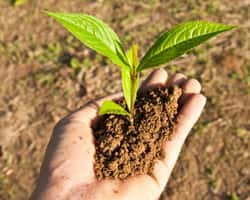 Is buying kratom plants a viable option for growing your own supply of the popular herbal medicinal? There are many advantages to growing the foods you eat and the medicines you take. You can fine tune the quality of these products, guarantee their purity, and potentially save money on regular purchases from retailers. Most amateur growers will also tell you that the process is interesting and fun – a worthwhile hobby no matter the outcome. However, there are some important considerations for any at-home grower of Kratom plants for sale. Here are some basic facts to get you started.
Is buying kratom plants a viable option for growing your own supply of the popular herbal medicinal? There are many advantages to growing the foods you eat and the medicines you take. You can fine tune the quality of these products, guarantee their purity, and potentially save money on regular purchases from retailers. Most amateur growers will also tell you that the process is interesting and fun – a worthwhile hobby no matter the outcome. However, there are some important considerations for any at-home grower of Kratom plants for sale. Here are some basic facts to get you started.
Topics
Why Growing from Kratom Seeds Is Near Impossible
Why not just grow new kratom trees from seeds? To some, this might sound like the simplest option – just sprinkle some seeds in the garden and add water, right? Unfortunately, unless you live in Southeast Asia and have a lot of time on your hands, growing kratom from seeds is extremely difficult.
Most kratom seeds lose their viability or “life force” within days of leaving the parent tree. So, most seeds that are shipped commercially are basically dead by the time they arrive. Some growers have had success by planting a vast number of seeds for every potential plant – perhaps many thousands to one. In order to do this, you’ll need a very large parcel of land, with some very specific conditions. The soil must be nitrogen-rich. There must be abundant sunlight, but not all of it can be direct, as kratom trees, also known as Mitragyna Speciosa, thrive in warm shade. If you do achieve a seedling, be prepared to fertilize, water, and protect it for at least a year before leaves will be ready for harvest. A truly abundant tree may take many years or even a decade before it is truly mature.
For all of these reasons, seeds are just not practical. So, many would-be growers consider buying live kratom plants for sale. By skipping the most difficult early phase of a tree’s life, you could get a head start and have a good shot at being able to successfully harvest leaves.
Is Purchasing Kratom Plants Online Safe?
So, how does one go about acquiring a live tree? Most local nurseries will not stock the plant, in fact most will probably have never heard of it. The best option is to buy a plant online and have it shipped straight from the source.
A very small handful of online vendors offer this service. This live kratom plant from Arena Ethnobotanicals can indeed be sent through the mail safely. Grown from cuttings, the Malaysian plants can be legally shipped anywhere within the U.S., though general postal/FDA restrictions upon shipping live plants through the mail means they can not be sent overseas.
How much do kratom plants cost? Considering how rare they are, live Mitragyna Speciosa trees are actually quite inexpensive. For less than the typical price of 2 ounces of dried powder, you can be shipped a healthy, living kratom plant. Plant prices are typically determined by plant size in inches. While a 2-inch plant can be found for less than $30, an enormous 9-inch plant sells for $55. Of course, you can always find a deal if you are interested in buying more than one plant at once.
Purchasing plants online is actually quite easy, with one exception – they are so popular that they are often sold out! It takes time and care to grow and nurture these plants before they are available for sale, so sometimes demand outweighs supply. The best bet is to check back at the above links throughout the year to keep an eye on availability.
How To Grow Kratom Plants
Here are some basic instructions for what to do once your plant arrives in the mail. Be sure to follow all included instruction carefully.
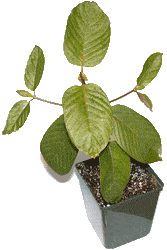
- Unpackage carefully.
- Let the plant “relax” after its journey in a darkened room for a day.
- Plant in soil.
- Water generously and make sure soil never gets fully dry.
- Create a small, humid environment, such as a plastic mini-greenhouse formed from a soda bottle.
- Maintain moist and warm conditions.
- If adequate natural sunlight is not available, add fluorescent grow lights. These plants enjoy around 4 hours of direct light per day, with shaded sun for the remainder.
- Add nutrients regularly.
- Stimulate leaves with wind or fan.
- Now, be patient. When your tree has taken root and begun to mature (over 6-12 months), you will be able to pluck leaves safely and then dry them to be consumed.
-
Looking for kratom plants for sale will be a rewarding project for any amateur grower. With time and care, your plants will mature into an excellent source of leaves, and the many products that can be made from them. While you are waiting for them to grow, you can of course continue to enjoy traditional kratom products ordered online. Then in the future, you can supplement vendors’ products with all-natural medicinals you’ve grown on your own.

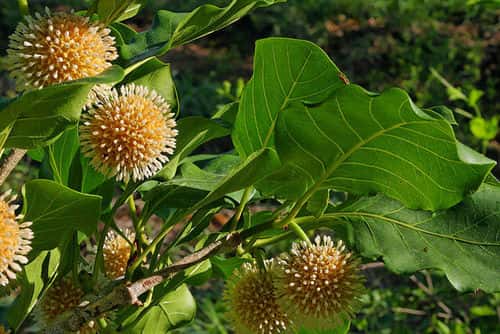
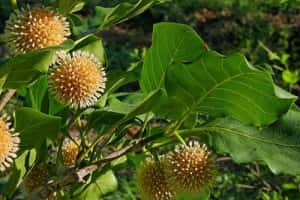 A favorite snack of giant wild caterpillars, the Mitragyna Parvifolia tree has also been offered recently as a subsititute for Mitragyna Speciosa, the source of kratom. But will it offer the same benefits to humans that it does to those long larval insects? All joking aside, let’s take a look at the structure, possible health benefits, and user effects of this lesser known tree. It’s important to research Mitragyna Parvifolia before you buy. Whether it becomes a viable and affordable alternative to the all-natural kratom tree is still up for debate.
A favorite snack of giant wild caterpillars, the Mitragyna Parvifolia tree has also been offered recently as a subsititute for Mitragyna Speciosa, the source of kratom. But will it offer the same benefits to humans that it does to those long larval insects? All joking aside, let’s take a look at the structure, possible health benefits, and user effects of this lesser known tree. It’s important to research Mitragyna Parvifolia before you buy. Whether it becomes a viable and affordable alternative to the all-natural kratom tree is still up for debate.  The bottom line is, a user can get all of the same benefits and so much more from a comparable dose of kratom. With widely studied and reported benefits in systems throughout the body, kratom is clearly the winner when it comes to comprehensive results for mind and body. Plus, the subjective experience of using kratom far outdoes the experience users report with M. Parvifolia. These “subjective” benefits are nothing to take lightly – they are indeed the star components of this herbal medicinal that allow people to live fuller, richer lives every day. Just peruse some of the many areas in which kratom is well-known to shine:
The bottom line is, a user can get all of the same benefits and so much more from a comparable dose of kratom. With widely studied and reported benefits in systems throughout the body, kratom is clearly the winner when it comes to comprehensive results for mind and body. Plus, the subjective experience of using kratom far outdoes the experience users report with M. Parvifolia. These “subjective” benefits are nothing to take lightly – they are indeed the star components of this herbal medicinal that allow people to live fuller, richer lives every day. Just peruse some of the many areas in which kratom is well-known to shine: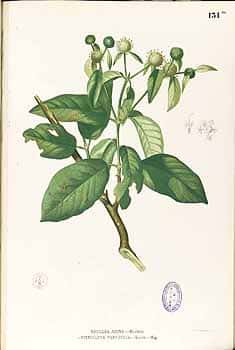
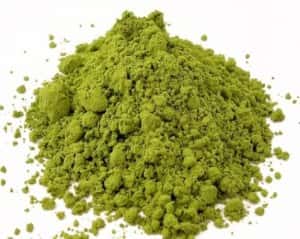 The legal uncertainty around the use of kratom has driven some users to experiment with the related plant Mitragyna Javanica. As a horticultural cousin to Mitragyna Speciosa extract, the tree from which all kratom products are made, the Javanica tree is more rare and remains unproven for broad modern use. Is this mystery plant as potent as traditional kratom and worth experimenting with? A comparison of chemistry, effects, and availability will be necessary. Here is what we know so far.
The legal uncertainty around the use of kratom has driven some users to experiment with the related plant Mitragyna Javanica. As a horticultural cousin to Mitragyna Speciosa extract, the tree from which all kratom products are made, the Javanica tree is more rare and remains unproven for broad modern use. Is this mystery plant as potent as traditional kratom and worth experimenting with? A comparison of chemistry, effects, and availability will be necessary. Here is what we know so far. 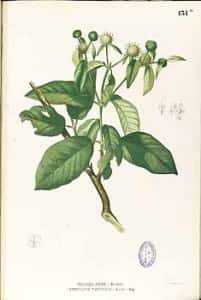 Mitragyna Javanica is legal, and this is perhaps its main benefit to some users in Southeast Asia. As has been well-documented, the infamous Thailand kratom ban of 1943 imposed severe penalties against planting, selling, or consuming the kratom tree. While this law is impractical, and rarely enforced with the insanely disproportionate penalties that have been assigned to it (including the death penalty), it has still understandably inspired some users to look for alternatives. It is too bad for these users that a viable alternative does not seem to grow wild. However, for most people in the world, kratom remains 100% legal, safe, affordable, and accessible.
Mitragyna Javanica is legal, and this is perhaps its main benefit to some users in Southeast Asia. As has been well-documented, the infamous Thailand kratom ban of 1943 imposed severe penalties against planting, selling, or consuming the kratom tree. While this law is impractical, and rarely enforced with the insanely disproportionate penalties that have been assigned to it (including the death penalty), it has still understandably inspired some users to look for alternatives. It is too bad for these users that a viable alternative does not seem to grow wild. However, for most people in the world, kratom remains 100% legal, safe, affordable, and accessible.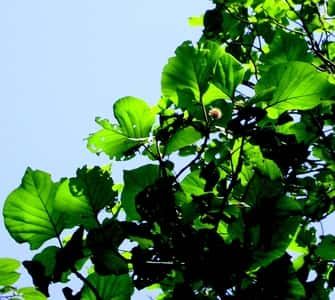
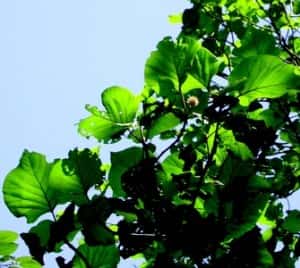 Most of us are familiar with Mitragyna Speciosa, also known as the kratom tree. But this famous resident of the jungles of Southeast Asia has a pair of lesser-known relatives that are also said to produce health-enhancing leaves. Both the Javanica and Parvifolia strains are sometimes used for medicinal purposes, though they are rarer outside of Asia. Are these Mitragyna variations worth seeking out and buying? Let’s compare all three plants for both chemistry and user benefits.
Most of us are familiar with Mitragyna Speciosa, also known as the kratom tree. But this famous resident of the jungles of Southeast Asia has a pair of lesser-known relatives that are also said to produce health-enhancing leaves. Both the Javanica and Parvifolia strains are sometimes used for medicinal purposes, though they are rarer outside of Asia. Are these Mitragyna variations worth seeking out and buying? Let’s compare all three plants for both chemistry and user benefits. 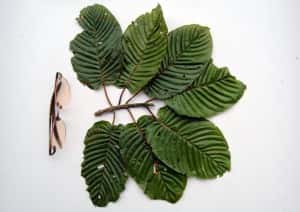 Mitragyna Parvifolia, known informally as “kadamb,” is native to northern India. This tree does not grow as tall as kratom – maxing out around 75 feet, but it does produce psychoactive leaves and bark which have been used locally as a folk medicine.
Mitragyna Parvifolia, known informally as “kadamb,” is native to northern India. This tree does not grow as tall as kratom – maxing out around 75 feet, but it does produce psychoactive leaves and bark which have been used locally as a folk medicine.
 While a lot of press goes to kratom’s more prominent alkaloids like mitragynine or 7-hydroxymitragynine, the lesser known mitraphylline is also an important player in the structure of this herbal medicinal. This active alkaloid is non-narcotic, yet acts on the body’s opiate receptors in ways which we do not yet fully understand. As we continue to build a more complex portrait of the structure of kratom leaves and all of the amazing benefits its alkaloids provide, we open the door to newer and even more powerful applications of the popular remedy. Once again, the natural world provides exciting solutions to every problem that humanity faces. Let’s explore what we know about mitraphylline extract and other powerful kratom alkaloids.
While a lot of press goes to kratom’s more prominent alkaloids like mitragynine or 7-hydroxymitragynine, the lesser known mitraphylline is also an important player in the structure of this herbal medicinal. This active alkaloid is non-narcotic, yet acts on the body’s opiate receptors in ways which we do not yet fully understand. As we continue to build a more complex portrait of the structure of kratom leaves and all of the amazing benefits its alkaloids provide, we open the door to newer and even more powerful applications of the popular remedy. Once again, the natural world provides exciting solutions to every problem that humanity faces. Let’s explore what we know about mitraphylline extract and other powerful kratom alkaloids. 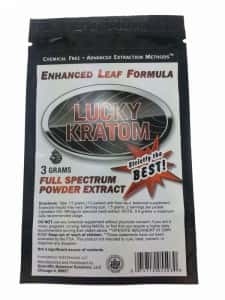 Another process for boosting alkaloid levels, extraction, reduces great quantities of kratom leaves down to their essence – a dense, highly concentrated resin or powder, loaded with potent compounds. As only some of kratom’s alkaloids are soluble in alcohol, it’s important to use extraction methods which are able to separate out all alkaloids, even the ones that are water soluble. These comprehensive extracts are known as “full spectrum,” because they possess the full range of alkaloid power, and offer maximum synergistic benefits as such.
Another process for boosting alkaloid levels, extraction, reduces great quantities of kratom leaves down to their essence – a dense, highly concentrated resin or powder, loaded with potent compounds. As only some of kratom’s alkaloids are soluble in alcohol, it’s important to use extraction methods which are able to separate out all alkaloids, even the ones that are water soluble. These comprehensive extracts are known as “full spectrum,” because they possess the full range of alkaloid power, and offer maximum synergistic benefits as such.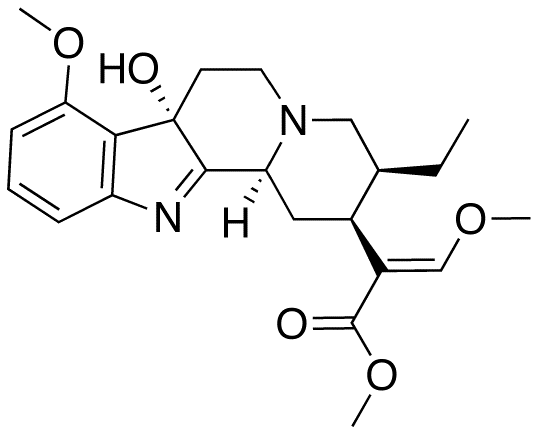
 One of the most exciting developments to appear in recent kratom research, the alkaloid 7-hydroxymitragynine may hold the key to some of the herbal remedy’s most powerful effects. Previously unknown before 1994, this naturally occurring compound may soon replace mitragynine as the star alkaloid of kratom. As more research accrues, we learn more everyday about how this super strong 7-hydroxy derivative works to bring us powerful physical and mental health benefits. In fact, it may be the main psychoactive alkaloid in all strains of kratom. Here’s what we know so far.
One of the most exciting developments to appear in recent kratom research, the alkaloid 7-hydroxymitragynine may hold the key to some of the herbal remedy’s most powerful effects. Previously unknown before 1994, this naturally occurring compound may soon replace mitragynine as the star alkaloid of kratom. As more research accrues, we learn more everyday about how this super strong 7-hydroxy derivative works to bring us powerful physical and mental health benefits. In fact, it may be the main psychoactive alkaloid in all strains of kratom. Here’s what we know so far. Due to the obvious power of the alkaloid, attempts have been made to isolate it via extraction. Extracts are popular among modern kratom users. Using a process of boiling down leaves to create hyper-concentrated resins, powders, and tinctures, these extracts promise more intense and lasting effects.
Due to the obvious power of the alkaloid, attempts have been made to isolate it via extraction. Extracts are popular among modern kratom users. Using a process of boiling down leaves to create hyper-concentrated resins, powders, and tinctures, these extracts promise more intense and lasting effects.
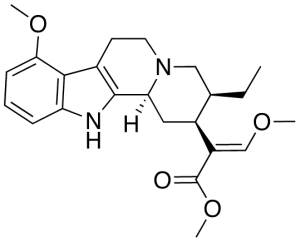 In study after study, Mitragynine is called out as the most prevalent and potent alkaloid in the kratom leaf’s arsenal. But what do we really know about this naturally occurring plant compound and how it works? First identified over a hundred years ago, we are still gathering information about how this substance interacts with the human body. To get the most out of your kratom experience, it’s valuable to peek under the hood to get a better sense of what gives the herbal remedy its famous power. Here’s a summary of what we know so far about how these alkaloids function.
In study after study, Mitragynine is called out as the most prevalent and potent alkaloid in the kratom leaf’s arsenal. But what do we really know about this naturally occurring plant compound and how it works? First identified over a hundred years ago, we are still gathering information about how this substance interacts with the human body. To get the most out of your kratom experience, it’s valuable to peek under the hood to get a better sense of what gives the herbal remedy its famous power. Here’s a summary of what we know so far about how these alkaloids function. 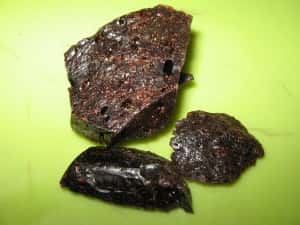 To receive the full health benefits of kratom and its health-boosting alkaloids, many users look for ways to increase the potency of the products they consume. In addition to finding a strain and dosage that works for the individual, newer techniques of extraction have recently come into vogue.
To receive the full health benefits of kratom and its health-boosting alkaloids, many users look for ways to increase the potency of the products they consume. In addition to finding a strain and dosage that works for the individual, newer techniques of extraction have recently come into vogue.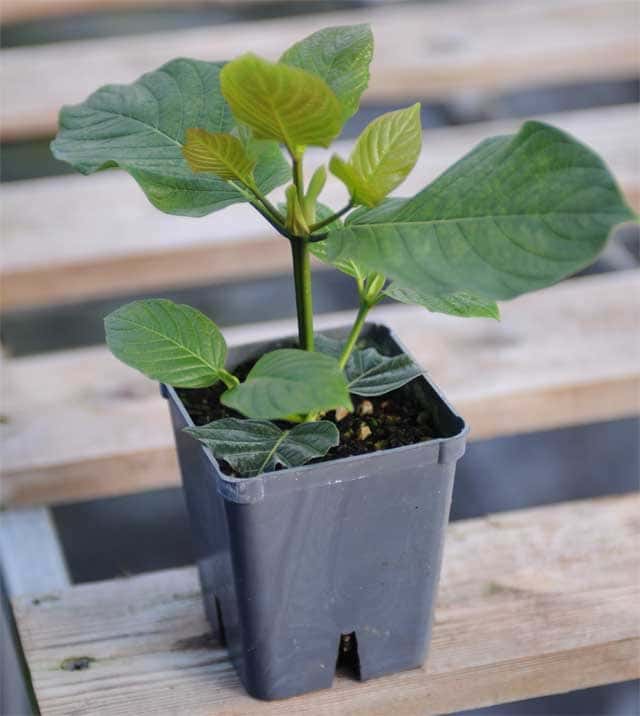
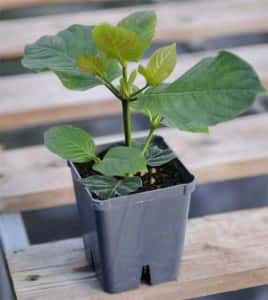 Growing kratom outside of its native Southeast Asia habitat presents many unique challenges that might be overwhelming for the average home gardener. The plant, also known as Mitragyna Speciosa, thrives in the balmy climates and nitrogen-rich soils of regions like Borneo, Vietnam, and Thailand. But what about growing the tree for personal use in less topical climates? Kratom enthusiasts might find the idea appealing, but in the end, cost and inconvenience might make this project more trouble than it’s worth. Here are some of the methods people use when trying to grow Kratom from seeds at home.
Growing kratom outside of its native Southeast Asia habitat presents many unique challenges that might be overwhelming for the average home gardener. The plant, also known as Mitragyna Speciosa, thrives in the balmy climates and nitrogen-rich soils of regions like Borneo, Vietnam, and Thailand. But what about growing the tree for personal use in less topical climates? Kratom enthusiasts might find the idea appealing, but in the end, cost and inconvenience might make this project more trouble than it’s worth. Here are some of the methods people use when trying to grow Kratom from seeds at home. 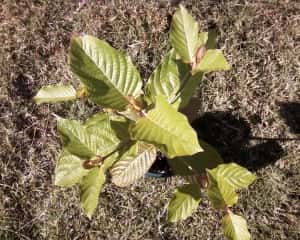 Any amateur grower will tell you that mounting a home cultivation project is a pricey hobby, and harvesting kratom is no exception. In addition to the original seedlings and plants, you’ll have to pay for fertilizer, plant food, and possibly lights and fans. Building out an outdoor or indoor grow space can get very expensive depending on how elaborate it is. And, the time you’ll have to spend tending the plants over the first year is considerable. All of this will produce a yield of just a handful of doses after a year.
Any amateur grower will tell you that mounting a home cultivation project is a pricey hobby, and harvesting kratom is no exception. In addition to the original seedlings and plants, you’ll have to pay for fertilizer, plant food, and possibly lights and fans. Building out an outdoor or indoor grow space can get very expensive depending on how elaborate it is. And, the time you’ll have to spend tending the plants over the first year is considerable. All of this will produce a yield of just a handful of doses after a year.
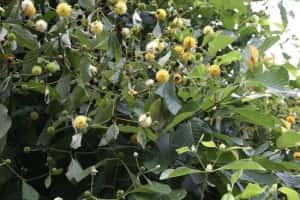 The kratom tree is one of the central players in a new and exciting branch of the alternative health movement. Ethnobotany is the study of how cultures grow in relation to the natural world of plants and flowers. Kratom, a leafy tree that thrives in the warm, humid climates of regions like Vietnam, Thailand, and Bali, has been used as a folk medicine by traditional cultures for as many as thousands of years. Now, as kratom-based remedies gain popularity in the West, there is new interest in exploring the history and power of this health-boosting herbal medicinal. It all starts with the sturdy, yet humble kratom trees native to Southeast Asia.
The kratom tree is one of the central players in a new and exciting branch of the alternative health movement. Ethnobotany is the study of how cultures grow in relation to the natural world of plants and flowers. Kratom, a leafy tree that thrives in the warm, humid climates of regions like Vietnam, Thailand, and Bali, has been used as a folk medicine by traditional cultures for as many as thousands of years. Now, as kratom-based remedies gain popularity in the West, there is new interest in exploring the history and power of this health-boosting herbal medicinal. It all starts with the sturdy, yet humble kratom trees native to Southeast Asia.  Kratom has been celebrated by modern users for its life-changing benefits. In an era when pharmaceutical companies are routinely accused of pushing unnecessary chemical products on the population just to make a profit, the all natural medicines derived from kratom leaves have proven a powerfully attractive alternative.
Kratom has been celebrated by modern users for its life-changing benefits. In an era when pharmaceutical companies are routinely accused of pushing unnecessary chemical products on the population just to make a profit, the all natural medicines derived from kratom leaves have proven a powerfully attractive alternative. 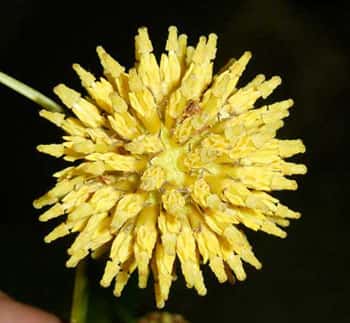
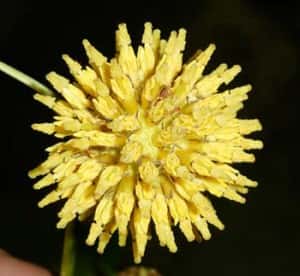 Many Kratom enthusiasts have considered growing their own plants from seeds to save on costs and have control over their supply of this herbal mood-booster. Whether you have a green thumb or not, it probably sounds appealing to save money by cultivating your own Mitragyna Speciosa from seeds. However, the kratom seed may not be as easy to grow as a standard pack of wildflower seeds found at the local nursery. The seeds have a famously low yield percentage for developing into full trees and it can take a lot of time before your plant is ready to provide leaves that can be ingested. For this reason, it is more common to purchase young kratom plants that already have a head-start in the growth process. Read the facts about growing kratom from seeds before you invest in the project.
Many Kratom enthusiasts have considered growing their own plants from seeds to save on costs and have control over their supply of this herbal mood-booster. Whether you have a green thumb or not, it probably sounds appealing to save money by cultivating your own Mitragyna Speciosa from seeds. However, the kratom seed may not be as easy to grow as a standard pack of wildflower seeds found at the local nursery. The seeds have a famously low yield percentage for developing into full trees and it can take a lot of time before your plant is ready to provide leaves that can be ingested. For this reason, it is more common to purchase young kratom plants that already have a head-start in the growth process. Read the facts about growing kratom from seeds before you invest in the project. 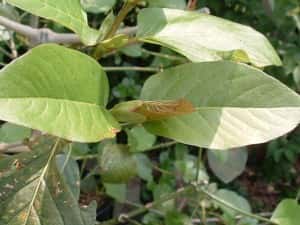 Kratom seeds themselves may not be expensive to purchase in bulk. However, the associated costs associated with home growing can become quite high, even for the hobbyist grower. If you choose to go the hydroponic route, equipment costs can dwarf the price you might pay for commercial leaves by many magnitudes. And no matter which method you choose, the cost of time will be high. How long until the average kratom tree reaches maturity? 5 years.
Kratom seeds themselves may not be expensive to purchase in bulk. However, the associated costs associated with home growing can become quite high, even for the hobbyist grower. If you choose to go the hydroponic route, equipment costs can dwarf the price you might pay for commercial leaves by many magnitudes. And no matter which method you choose, the cost of time will be high. How long until the average kratom tree reaches maturity? 5 years.